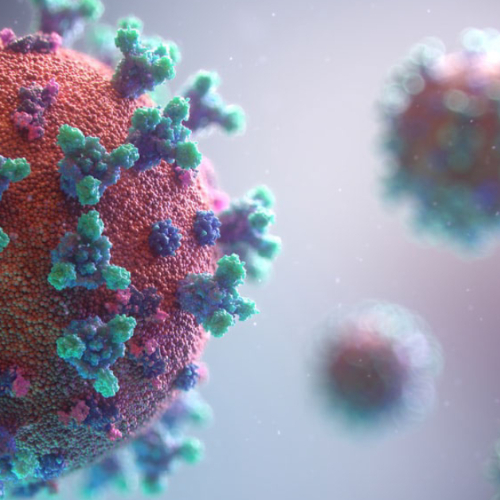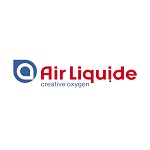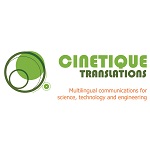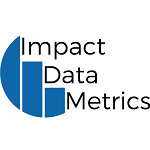Vaccine platform technologies to combat emerging infectious diseases

The SARS-CoV-2 outbreak is now a global pandemic. In a previous post, we discussed the need to act quickly to contain, treat, and eventually cure the outbreak. As flights are suspended, non-essential movements restricted and self-quarantine imposed in an increasing number of countries, global attention has turned to the ongoing development of vaccines against COVID-19.
The sooner a safe, effective vaccine can be made available to the public, the better. This requires innovative research and development, animal studies, clinical trials, regulatory approval, manufacture, delivery and distribution. Each of these stages presents its own challenges, even more so for an emerging disease such as COVID-19. It may take 12 to 18 months before a vaccine is ready for public use. This timeframe may appear long considering the stringent containment measures currently in place, but getting a vaccine to market this quickly would be an unprecedented achievement. Here we discuss vaccine platform technologies, which allow a proactive, flexible and ultimately fast approach to vaccine development, with reference to the vaccine candidates being evaluated for use in the ongoing outbreak.
What are vaccine platform technologies?
Vaccines expose the body to a small amount of antigen from a particular pathogen, so that the body can produce antibodies which will fight the pathogen should future exposure occur. Vaccine platform technologies use a platform base carrier, such as a nucleic acid, viral vector, or liposome, which can be modularised with target antigenic components of pathogens. Once designed and licensed for one vaccine, the development of future vaccines using the same platform should simply require substitution of the desired antigenic component, enabling faster and cheaper development, regulatory approval and mass production.
There are a number of different platforms, each with their own advantages, but so far vaccines based on mRNA show the most promise. Moderna, Inc is developing such a vaccine, mRNA-1273, against COVID-19. The mRNA in the vaccine instructs the recipient’s own cells to produce virus-like proteins to which their immune system can mount a response.
Research and Development (R&D)
Whilst the 2013-2016 West Africa Ebola virus outbreak prompted an unprecedented reaction from the global health community, the current pandemic has made it clear that vaccine R&D timelines need to be further reduced. Adaptable vaccine platforms make this possible. After the genetic sequence of the novel coronavirus was shared by the Chinese authorities on 11 January 2020, it took a mere 2 days for the Moderna candidate vaccine sequence to be finalised. This rapid response can in part be attributed to Moderna’s previous research into this platform for use in tackling the related coronavirus which causes MERS. They were able to build upon and adapt their methodologies and vaccine design for SARS-CoV-2.
There is no guarantee that any vaccine candidate will succeed. Encouragingly, there are a number of other vaccine candidates in pre-clinical evaluation which also utilise platform technologies. Inovio Pharmaceuticals has developed a DNA-based vaccine candidate, INO-4800, in which synthetic DNA which codes for virus-like antigens is injected. BioNTech expects to start testing an mRNA-based vaccine candidate, BNT162, in humans in late April. Curevac AG is also working to use its mRNA vaccine platform, for which it has recently reported positive results in a phase 1 clinical trial for a rabies vaccine, to develop a vaccine against COVID-19.
Regulatory approval
Vaccines are generally given to large numbers of healthy people. Robust regulation is therefore necessary to ensure that they are safe, and will likely always be the rate-limiting step in the development of new vaccines. However, approval can be accelerated if regulators have previously authorised similar products before. Whilst many of the platform technologies being used to produce COVID-19 candidate vaccines are relatively untested, the modular nature of the resulting vaccines should mean that regulatory approval can be expedited as these technologies become more commonplace. For instance, owing to successes in other phase 1 trials using the same platform, Moderna received regulatory approval to move quickly to human trials, skipping the years of animal trials that are the norm for vaccine development. It took only 63 days from publication of the SAR-CoV-2 genetic sequence to the first human dosing of the Moderna candidate vaccine in a phase 1 clinical trial.
Production
After development and approval, the next challenge is to provide fair and equitable access to the vaccine. The production capacity to produce a new vaccine rapidly, and in the quantities necessary for the global market, against an emerging disease does not exist. Traditional vaccine production facilities are typically tailored to specific vaccines and lack the flexibility to manufacture others. However, a platform technology vaccine production facility could switch relatively easily to producing a rapid-response vaccine in the event of an outbreak. The antigen could simply be swapped and the new vaccine produced using the current equipment and operators.
Conclusion
Encouraging progress is being made towards vaccine development against COVID-19. We are seeing first-hand how platform technologies have the potential to improve the timelines for the development and production of vaccines against new diseases. It is therefore essential that we continue to incentivise and fund research into and development of these technologies.
Future outbreaks of emerging diseases are inevitable. SARS-CoV-2 is a novel pathogen, but knowledge about related coronaviruses such as those which cause SARS and MERS has guided our understanding on the biology of infection, immunity and vaccine development. Prudently, the WHO had prioritised these viruses for research and development in emergency contexts. The importance of this is further evident when considering that the next pandemic could be caused by a pathogen about which even less is known. In such a situation, the ability to rapidly design, approve and manufacture vaccines against any pathogen is of the utmost importance.
Written by Lucy White, Patent Technical Assistant, Mewburn Ellis LLP.
Lucy is a trainee patent attorney in our Life Sciences Patent Team. She joined Mewburn Ellis LLP in 2019. Lucy has a B.A. degree in Natural Sciences from the University of Cambridge where she specialised in Pathology. Her undergraduate research project focused on the downregulation of antigen presentation during human cytomegalovirus infection and how this impacted T cell responses to infected cells.
To read more commentary from Lucy on this and other related topics you can sign up to our News and Insights.

























